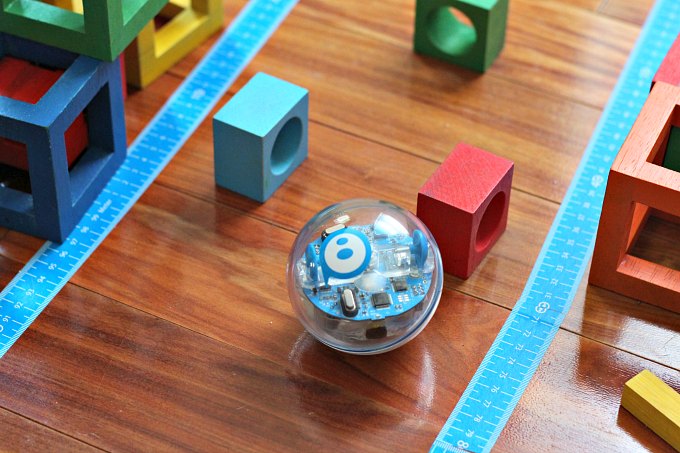

The parameters, including the number of pebbles, volume, projection area, sphericity, roundness, and roughness, are used to evaluate the performance of the clump generation method proposed in this study. Clumps for four idealized geometrical shapes and five quintessential particles are generated using the V-CLUMP. The ideal of corner preserving is also adopted, and a novel image-based method to detect corners and ridges of particles or clumps is proposed in this paper. The operations, such as gradual discretization, surface cell optimization, and candidate pebble hollowing out, are proposed to improve the accuracy and efficiency of clump generation. A voxel-based clump generation method, namely V-CLUMP, is developed to generate clumps based on triangular networks.

A low-cost multi-image-based method is adopted in this paper to extract 3D triangular networks of original particles. The struggle is to balance the number of pebbles and the shape accuracy of generated clumps compared to the original particles. Using a cluster of pebbles to generate clumps is a common procedure to explore granular particles' micro- or macro-scale mechanical responses in DEM simulations. The ideal packing law derived for random rod–rod contacts, supplemented with a calculation for the average contact number, explains both absolute value and aspect-ratio dependence of the packing density of randomly oriented thin rods. These and other findings confirm that thin-rod packings are dominated by local arrest in the form of truly random neighbor cages. The caging number for rods arrested by uncorrelated point contacts asymptotes towards γ = 9 at high aspect ratio, strikingly close to the experimental contact number C ≈ 9.8 for thin rods. Contact numbers are also compared to caging numbers calculated for sphero-cylinders with arbitrary aspect-ratio. The observed contact numbers (and packing densities) agree well with experiments on granular packings. Particle shapes are varied from spheres to thin rods. Random packings of non-spherical granular particles are simulated by combining mechanical contraction and molecular dynamics, to determine contact numbers as a function of density.


 0 kommentar(er)
0 kommentar(er)
